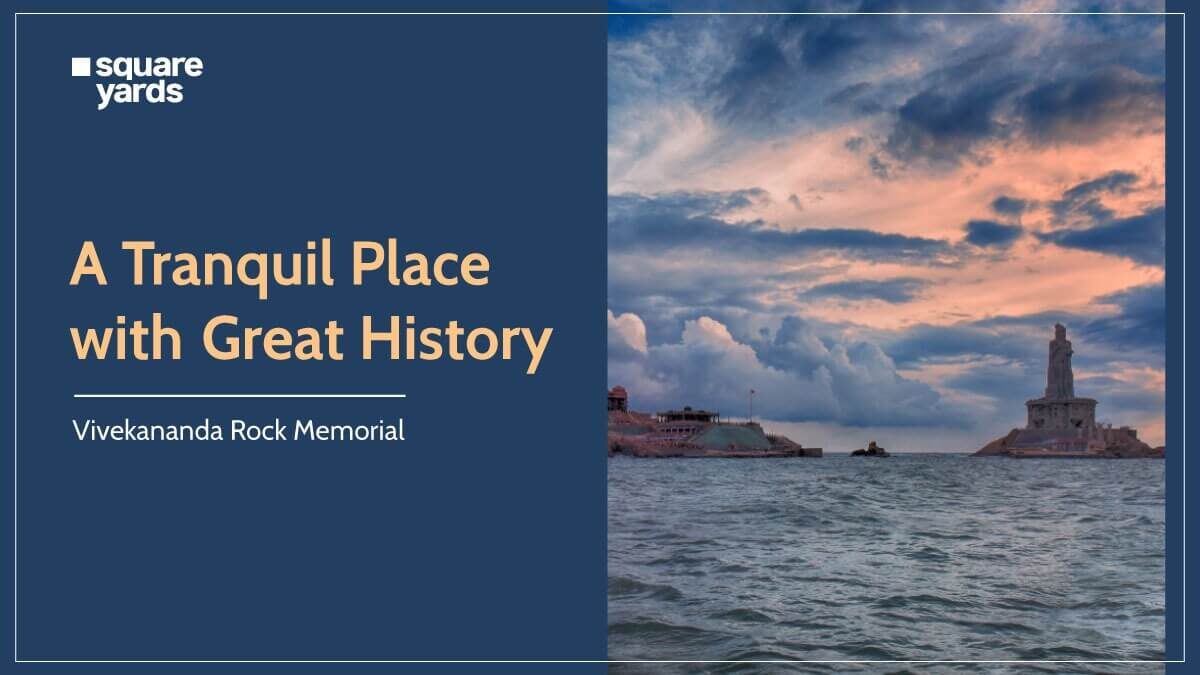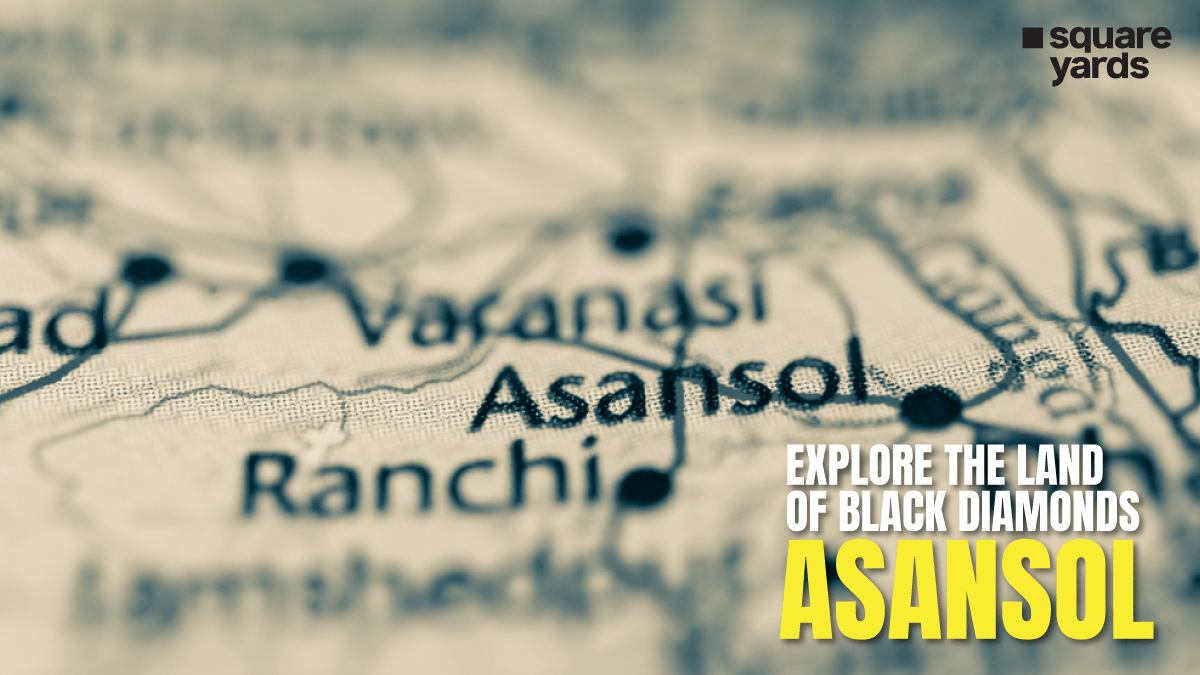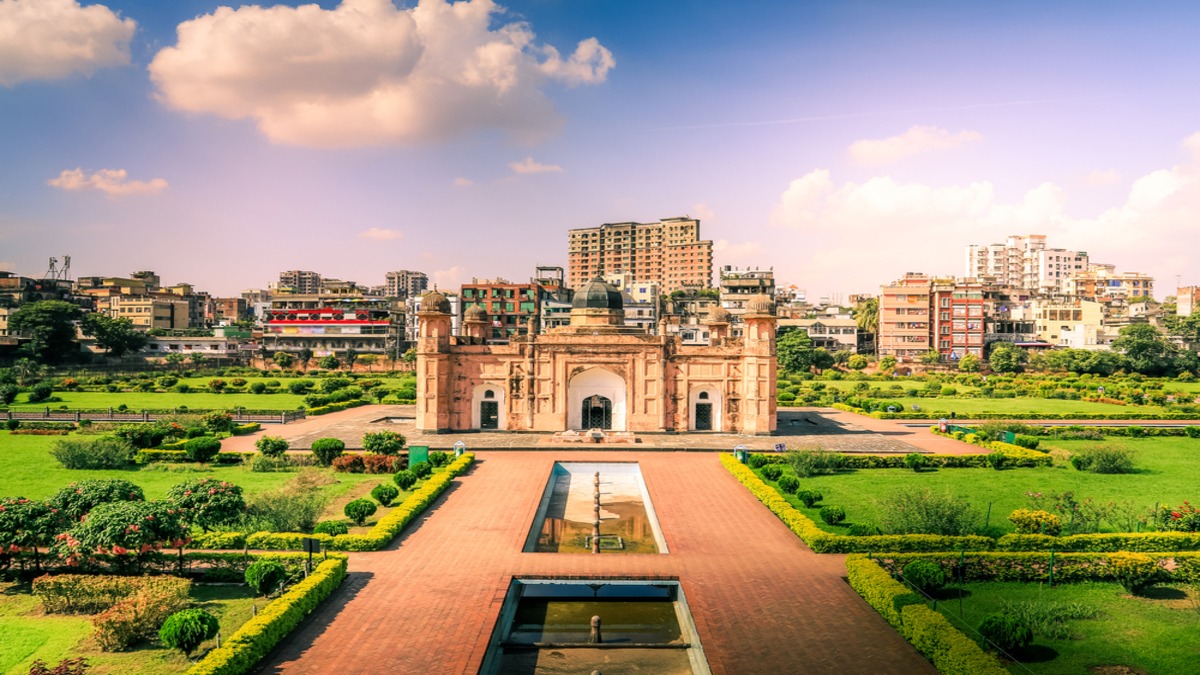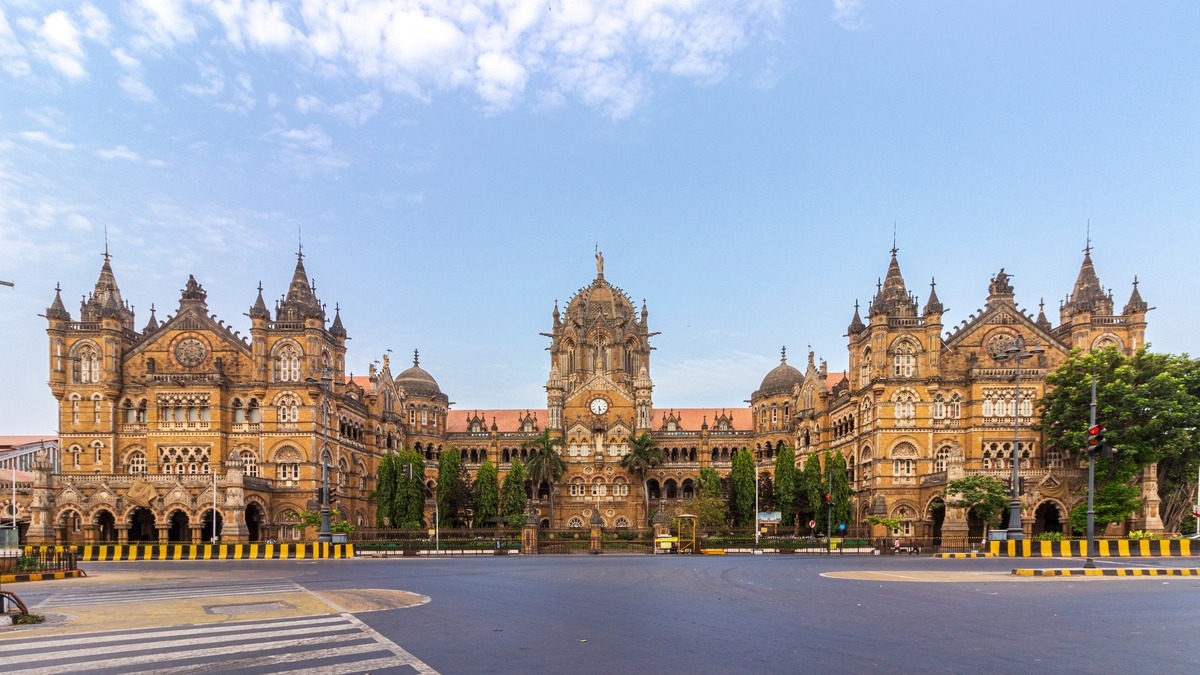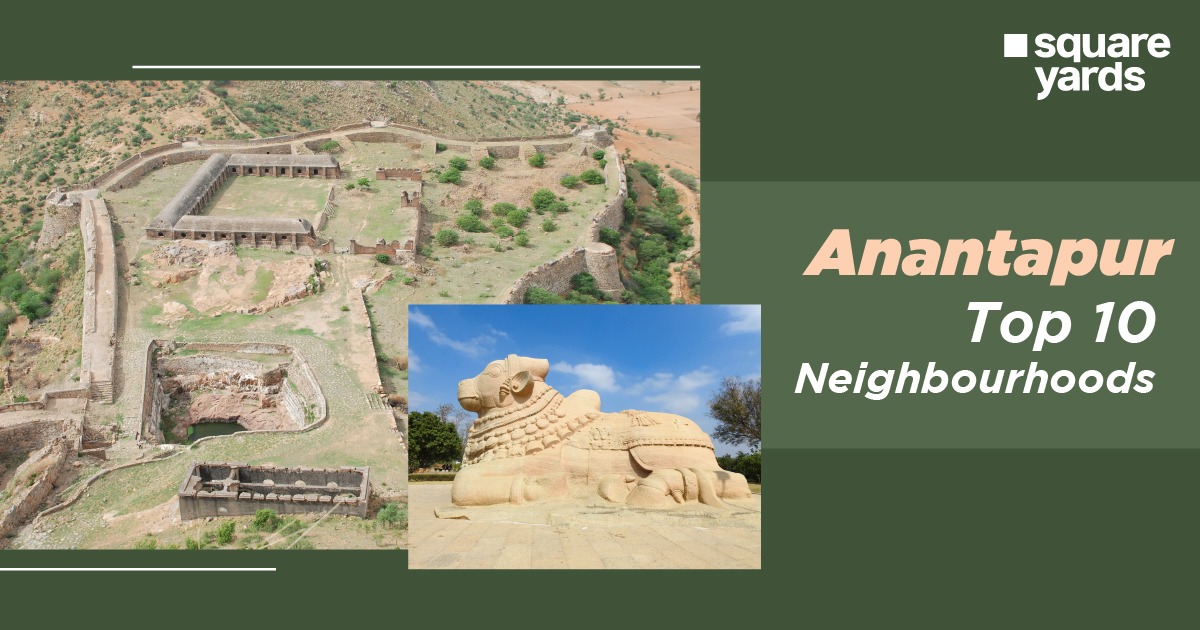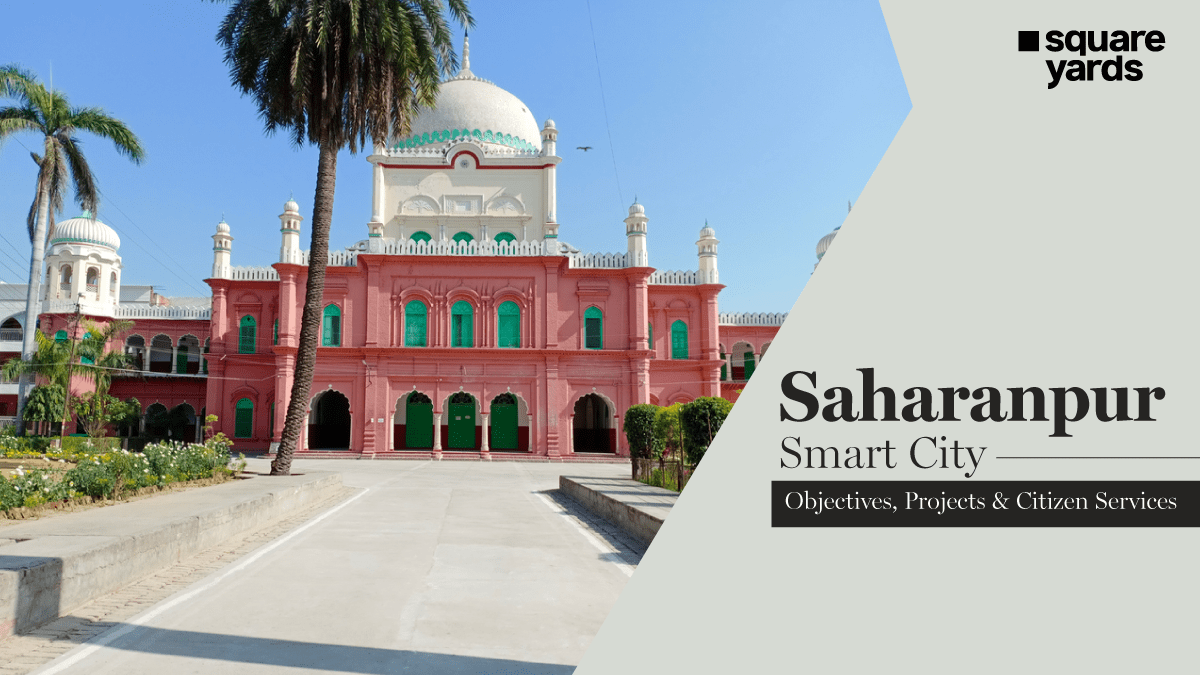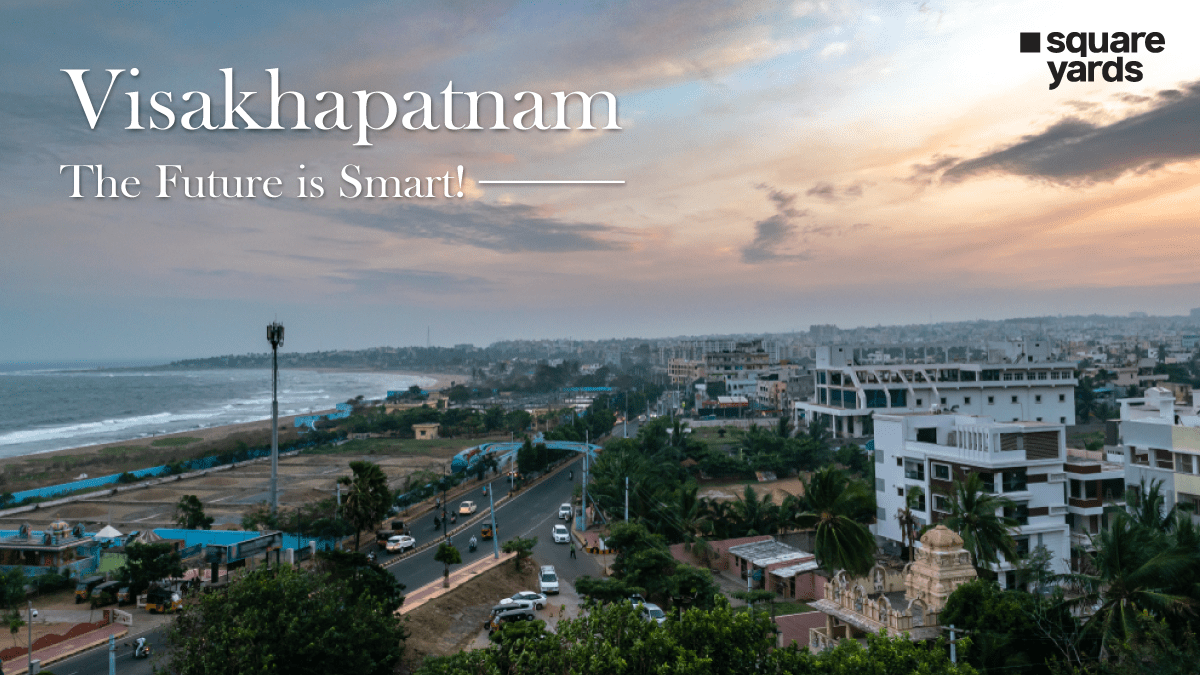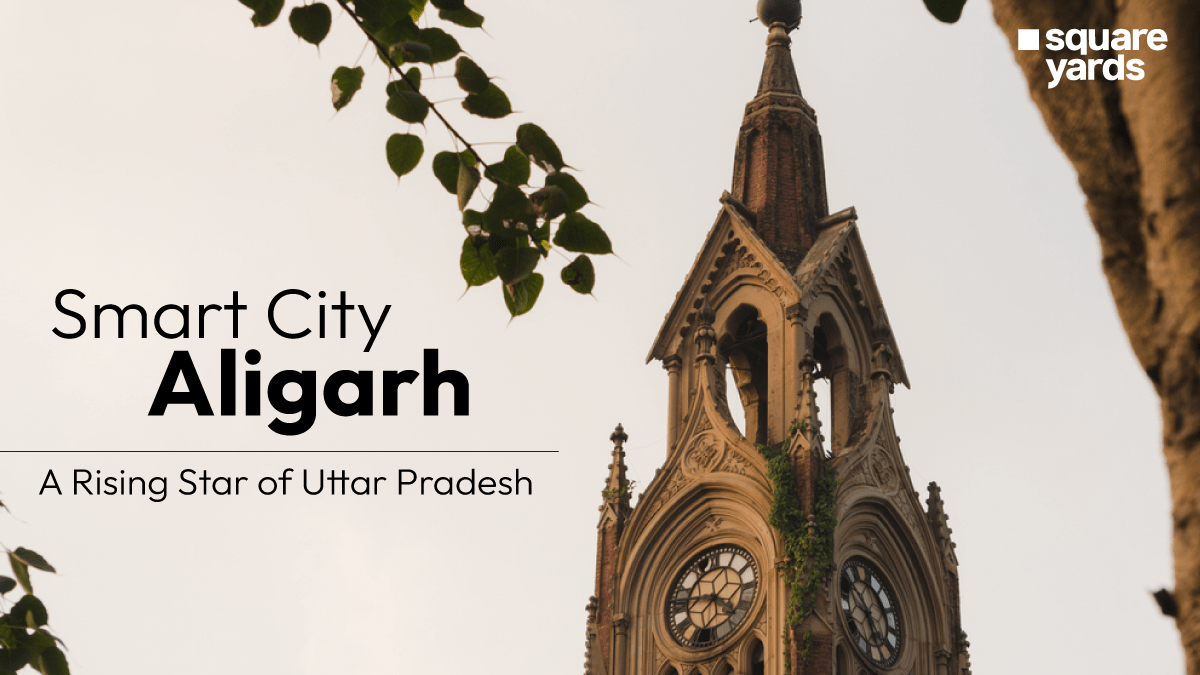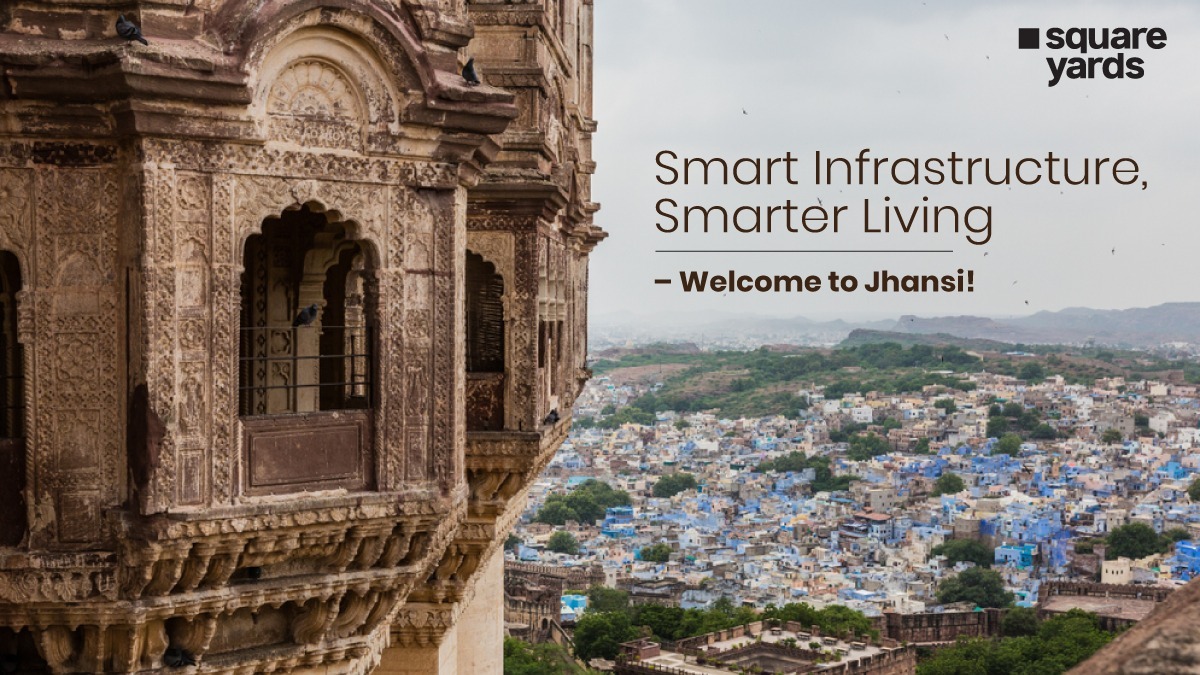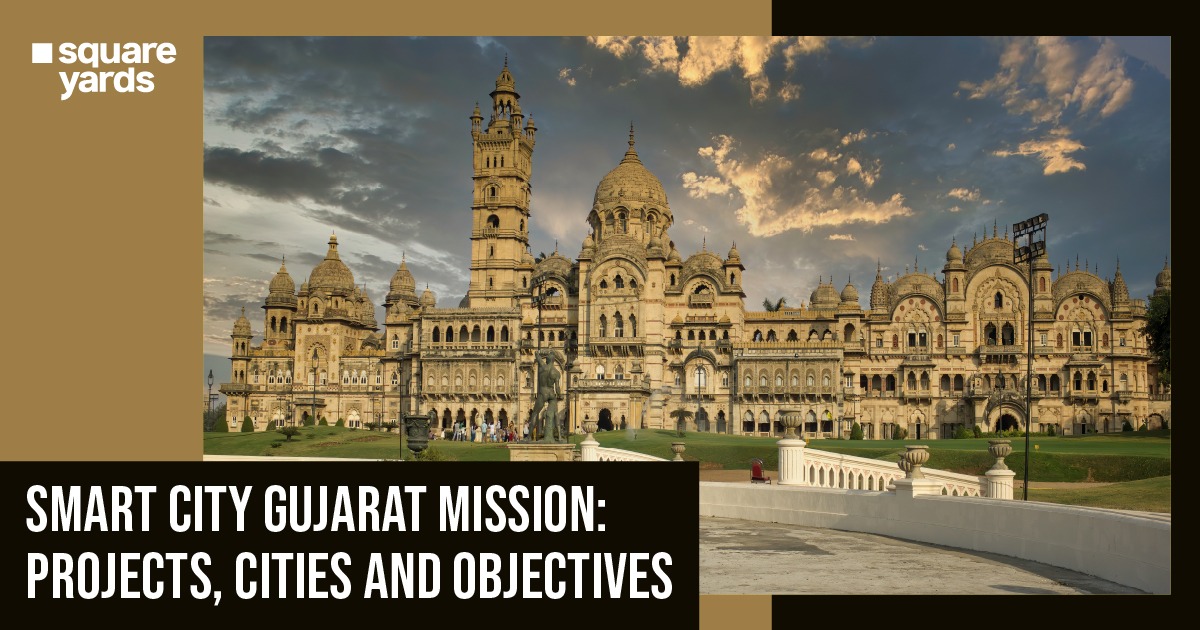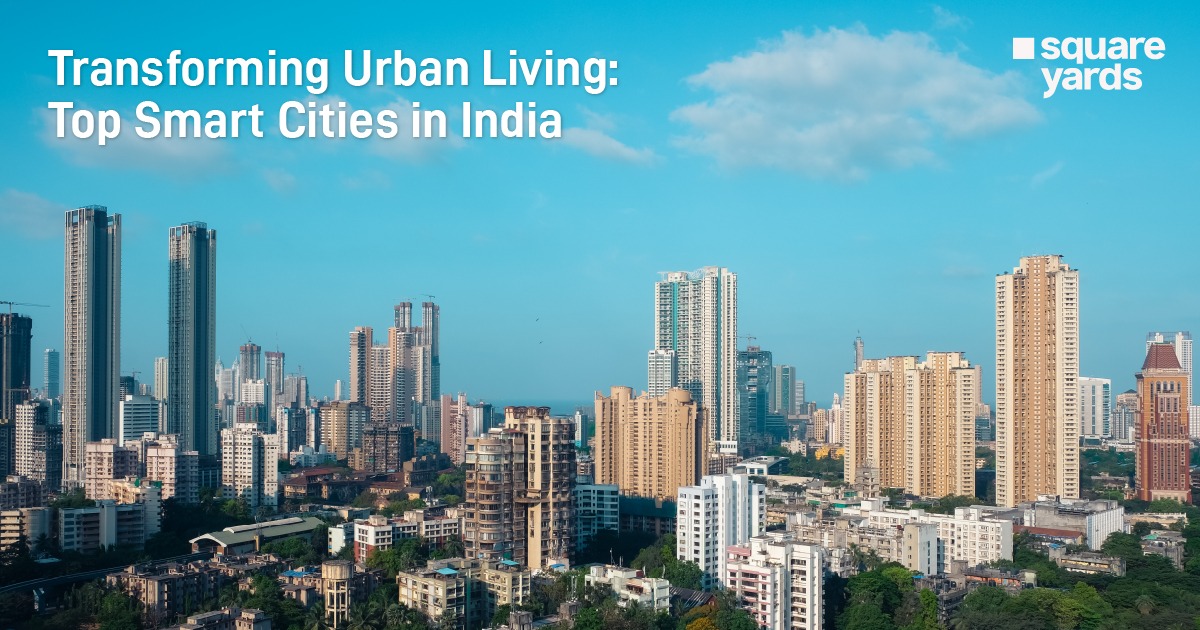The Vivekananda Rock Memorial is a renowned major tourist destination in Kanyakumari, India’s southernmost corner. The memorial is situated on two rocky outcroppings around 500 meters from Vavathurai’s coastline. In 1970, Swami Vivekananda was reported to have reached illumination atop the stone, and it was constructed in his honour. As per tradition, goddess Kanyakumari (Parvathi) practised tapas in the worship of Lord Shiva on this stone. Travellers can relax at the Dhyana Mandapam, a meditative hall next to the monument.
The mandapa’s are composed of several temple decor designs from India. The Laccadive Sea surrounds the stones, where their three oceans meet: the Bay of Bengal, the Indian Ocean, and the Arabian Sea. The Vivekananda Mandapam and the Shripada Mandapam are the two primary components of the tomb.
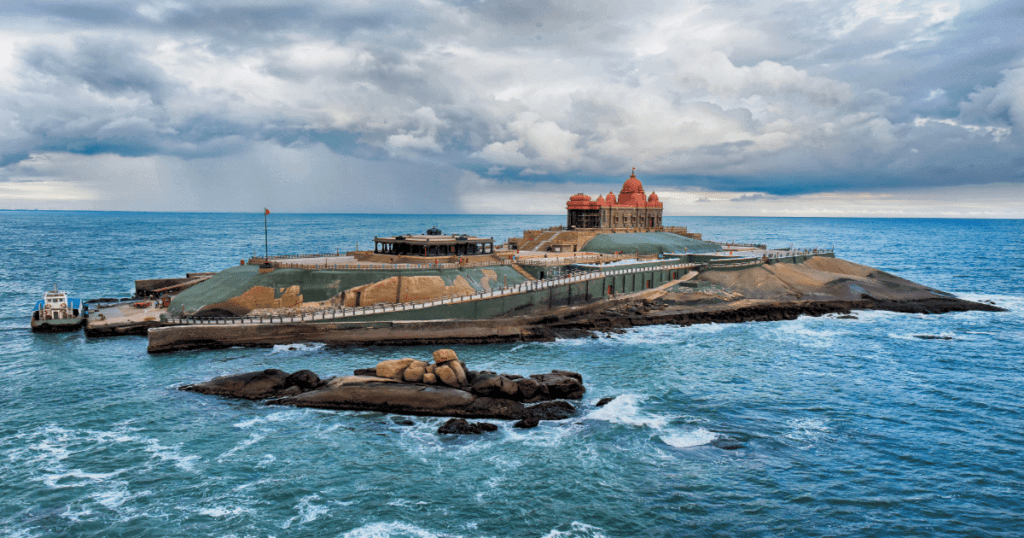
Vivekananda rock memorial: History
Swami Vivekananda travelled to Chicago in 1893 to promote India’s first Hinduism Parliament of the Universe’s Religions when he delivered a rousing address that reverberated around the globe. Before embarking on his journey, he visited Kanyakumari on December 24, 1892.
According to tradition, he meditated on that particular rock for days and reached insight. The stone was formally called the Vivekananda Rock in 1963 to commemorate Swami Vivekananda’s birth centennial. The stone also holds religious significance.
Similarly, as per Hindu mythology, Goddess Kanya Kumari, a virgin avatar of Goddess Parvati, sanctified the stone by embracing this with her foot. This is why the location is known as Kanyakumari.
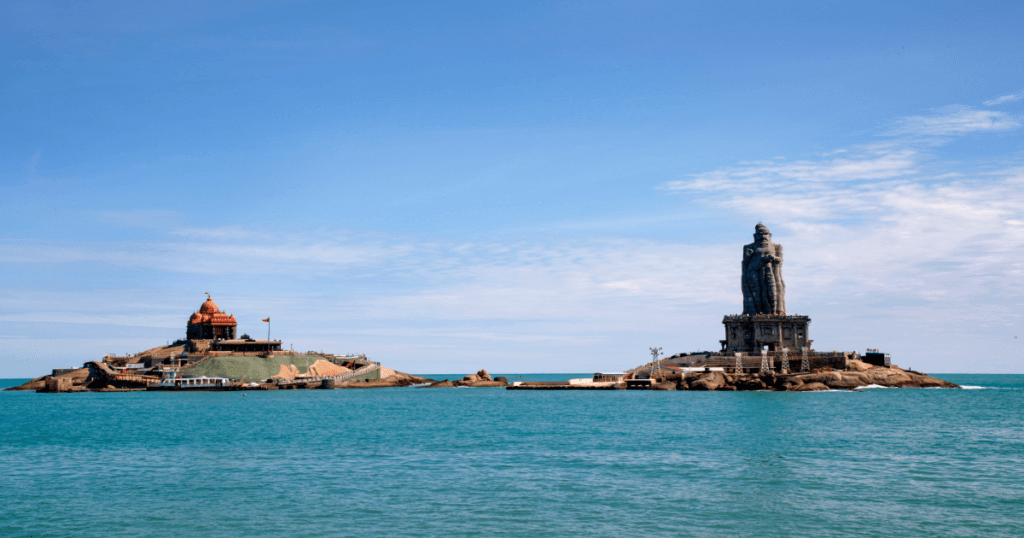
Vivekananda Rock Memorial: Architecture
In 1964, the monument’s work began, Eknath Ramkrishna Ranade, a community-oriented organization and spiritual philosopher. He managed three million people as a volunteer for the project. The magnificent monument, consisting of two main constructions, the Vivekananda Mandapam and the Shripada Mandapam, cost 650 labourers six years to finish.
A square hall, Shripada Mandapam, contains Garbha Graham, the sanctum sanctorum, and the inner & outer Prakaram. Where Prakaram is an Indian building that encompasses a temple sanctum surrounding part. Moreover, close to the Shripada Mandapam, a human footprint was identified, brown, similar to the Vivekananda Rock project. After a few years, people came across those human footprints, none other than Goddess Kanya Kumari and referred to Shri Padam’s feet.
On the other hand, The Vivekananda Mandapam looks similar to Ramakrishna Temple, situated in Belur Math, West Bengal. The temple consists of six adjacent rooms: known as Dhyana Mandapam, a meditation hall. Where tourists can rejuvenate and perform meditation. Moreover, the temple’s speciality contains an antique-style construction pattern, and its décor is enhanced with ornate stone and woodwork.
Besides another component, Mukha Mandapam features foliage designs famous during Pallava Dynasty back275 CE – 897 CE, with the pillars inspired by the Buddhist Ajanta Caves, Aurangabad. The beautifully built roof here is of red and blue granite.
The memorial also has an assembly hall, namely Namashtubhyam Jagadamba and the Sabha Mandapam. Where, Sabha Mandapam controls the Pralima Mandapam.
The Vivekananda Statue stands in its popular place, Parivrajak.
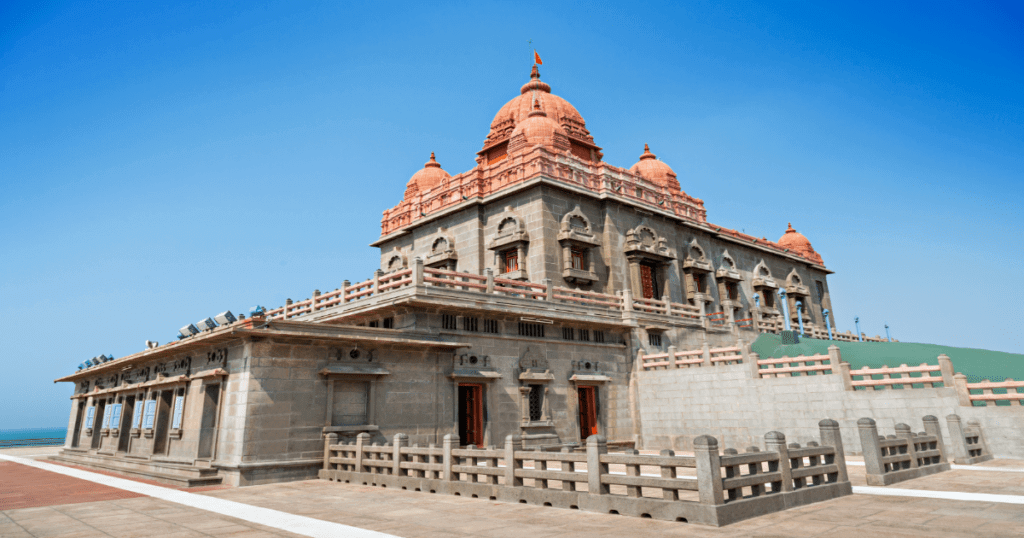
How and When to Visit the Vivekananda Rock Memorial?
India has a rich traditional history of spiritually inspired art and culture. And the Vivekananda Rock Monument is one of the architectural marvels with an aesthetic view. It’s located in India’s southernmost corner, where the large three water elements that encircle the country converge, making it also a topographical attraction.
The Vivekananda Memorial is situated 500 meters away from the mainland, Kanyakumari. To reach the memorial, you have to take a ferry service every 15-minute, and the standard ticket cost is INR 35.
Additionally, the Trivandrum International Airport in Thiruvananthapuram, the capital city of the adjacent state of Kerala, is 67 kilometres distant from Kanyakumari. The Nagercoil Connection is barely 15 kilometres away and is the nearest railway junction. Kanyakumari is also connected by luxury Volvo buses to important south Indian towns such as Chennai, Cochin, Bangalore, and Mysore.
Timing for ferry service: 8 a.m. to 4:30 p.m. or 7 a.m. to 5:30 p.m; therefore, depending on the season.
Entry fee: 20 INR per person
Visitors timing: 8.00 a.m to 4.00 p.m (Monday to Sunday)
The best time to visit the monument would be between:
Summer: March – July
Winter: October – March
Try to avoid visiting during the monsoon season. Due to heavy rainfall, sources like the ferry service get affected badly, and it is the only source to reach the memorial. However, avoid hustle-bustle, visit early morning to get rid of the scorching sun, and enjoy the pleasant view.
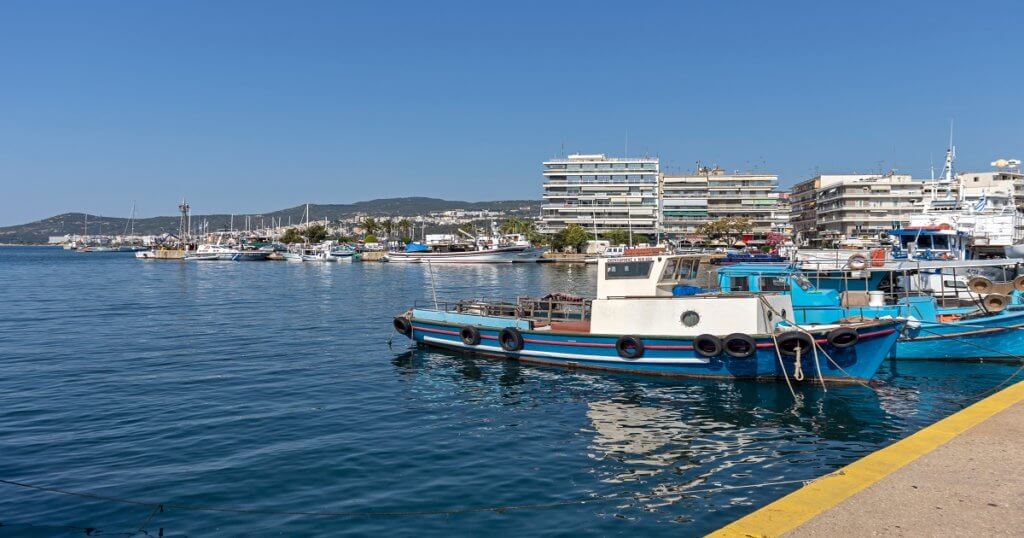
Things to Do
● Meditate in a peaceful environment that emits positive energy and tranquillity.
● Admire the two Mandapams, the Shripada Mandapam and the Vivekananda Mandapam. .
● You will see the unification of the Bay of Bengal and the Arabian Sea from this spot. This is an ideal site for photographing because it has a magnificent setting with a complimentary design and construction.
● From the Kanyakumari port, take a boat journey to and fro
● Visit the temples along the coast, particularly the Kanya Devi Temple, to learn about the region’s arts and heritage.
● Enjoy some delicious South Indian cuisine at one of the many places along the beach.
● To gather treasures during your trip, buy some delightful gifts at local marketplaces and stalls.
You May Also Like
FAQ’s
What distance from the Kanyakumari railway station to the Vivekananda Rock Memorial?
The distance from the Kanyakumari railway station to the Vivekananda Rock Memorial is 2 kilometres.
Where are Swami Vivekananda Rocks situated?
Swami Vivekananda Rocks are situated in Kanyakumari, India’s southernmost corner.
How many days did Swami Vivekananda meditate on the rock of Kanyakumari?
In 1892, Vivekananda visited Kanyakumari, meditated for three days on a large rock, and pledged to dedicate his life to serving humanity.
Who was the first in the West to write Vivekananda's biography?
In 1943, Swami Nikhilananda was the first in the West who write Vivekananda.
Why was Vivekananda Rock Memorial built?
The Vivekananda Rock Memorial was constructed in honour of India’s great spiritual leader and Hindu monk, Swami Vivekananda.


